
Filter News
Area of Research
- (-) Clean Energy (45)
- (-) Neutron Science (19)
- Advanced Manufacturing (5)
- Biological Systems (2)
- Biology and Environment (8)
- Climate and Environmental Systems (1)
- Data (1)
- Fossil Energy (1)
- Fusion and Fission (2)
- Fusion Energy (2)
- Isotope Development and Production (1)
- Isotopes (2)
- Materials (23)
- National Security (4)
- Nuclear Science and Technology (6)
- Sensors and Controls (1)
- Supercomputing (19)
- Transportation Systems (1)
Media Contacts
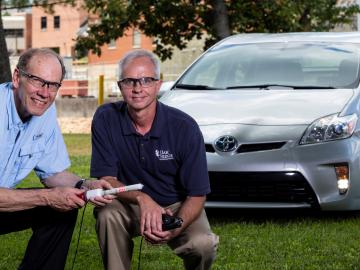

Joshua New has an ambitious goal to increase the nation’s efficient use of energy: he wants to create a model of every building in America. All 130 million of them. For now, Joshua and his colleagues in the Building Envelope and Urban Systems group are creating virtual models of the buildings in ...

After more than a year of operation at the Department of Energy’s (DOE’s) Oak Ridge National Laboratory (ORNL), the COHERENT experiment, using the world’s smallest neutrino detector, has found a big fingerprint of the elusive, electrically neutral particles that interact only weakly with matter.
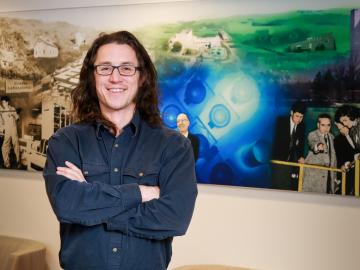

Brian Davison, a researcher at the Department of Energy's Oak Ridge National Laboratory, has been awarded a 2017 fellowship by the Society for Industrial Microbiology and Biotechnology (SIMB).

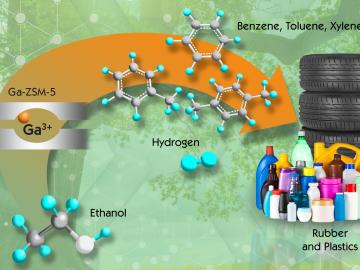
A simplified catalyst production process developed by Oak Ridge National Laboratory could double the output of high-value chemicals used in making materials found in soda bottles and tires. Scientists found that single gallium cations are the key to increasing production of ben...

Researchers used neutrons to probe a running engine at ORNL’s Spallation Neutron Source
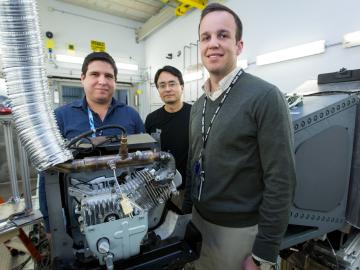
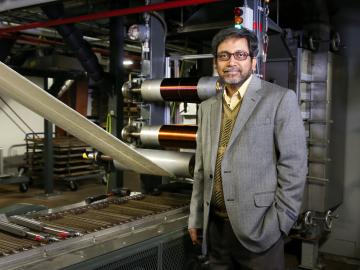
Finding new energy uses for underrated materials is a recurring theme across Amit Naskar’s research portfolio. Since joining Oak Ridge National Laboratory in 2006, he has studied low-cost polymers as carbon fiber precursors, turning lignin−a byproduct of biofuel production−into renewable thermoplastics and creating carbon battery electrodes from recycled tires.


